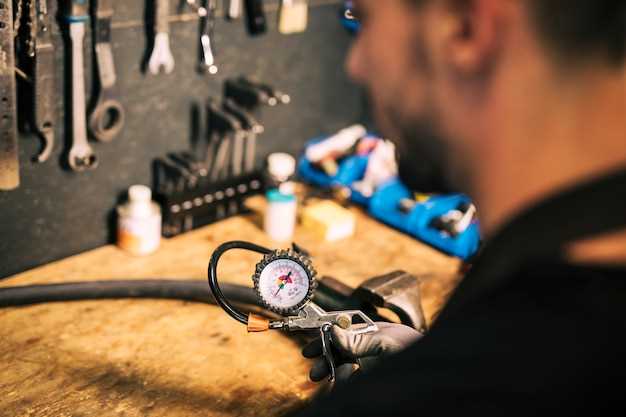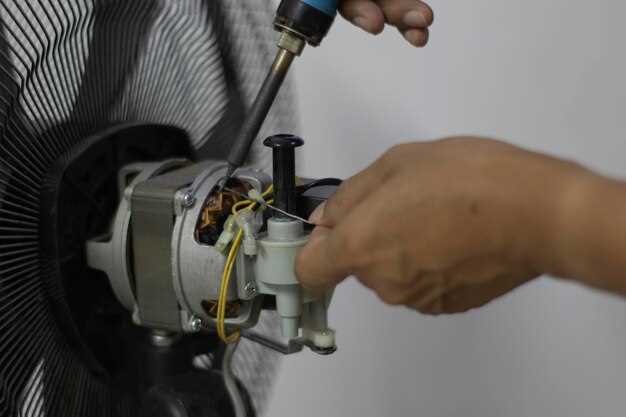
In the realm of automotive maintenance, the blower motor plays a crucial role in ensuring optimal cabin comfort. This essential component is responsible for driving air through the car’s ventilation system, directing it to the interior space via the fan. When issues arise with the blower motor, they can lead to a range of inconvenient problems that affect both airflow and temperature control.
Common symptoms of blower motor issues include insufficient airflow, unusual noises, or a complete failure to operate. These problems can stem from electrical faults, worn-out components, or blockages within the air passages. Understanding these potential issues is key to diagnosing and resolving blower motor malfunctions effectively.
In this article, we will explore several troubleshooting steps that can help pinpoint the root cause of blower motor problems. Whether you’re dealing with a persistent fan noise or an unresponsive motor, our guide aims to equip car owners with the knowledge necessary to tackle these common challenges head-on.
Identifying Symptoms of a Failing Blower Motor

When the blower motor in your car begins to fail, it can lead to a variety of noticeable symptoms that impact your driving experience. Recognizing these signs early can help you address the issue before it escalates. One of the primary indications of a failing motor is inconsistent air flow. If the fan struggles to produce sufficient air circulation, it may suggest that the blower motor is on the decline.
Another common symptom is unusual noises. A failing blower motor may emit grinding, squealing, or rattling sounds while in operation, indicating that components within the motor may be worn out or damaged. Additionally, if the fan operates intermittently–turning on and off unpredictably–it further signals potential motor trouble.
Temperature variations in the cabin can also indicate blower motor issues. If the air coming from the vents is weaker, or if you notice that it isn’t blowing hot or cold as expected, the motor might not be functioning correctly. Furthermore, a burning smell when the fan is running can indicate that the motor is overheating or that electrical components are malfunctioning.
In summary, paying attention to air flow consistency, unusual sounds, cabin temperature irregularities, and any burning odors can assist in identifying a failing blower motor, allowing for timely repairs and a comfortable driving environment.
Steps to Diagnose Electrical Problems in Car Fan Systems

Diagnosing electrical problems in car fan systems can be crucial for maintaining optimal performance. Begin by ensuring that the blower motor has power. Use a multimeter to check for voltage at the motor’s connector. If there is no voltage, further investigation is necessary.
Next, inspect the fan fuse. A blown fuse is a common issue that can prevent the blower from operating. If the fuse is intact, proceed to examine the relay responsible for powering the fan. Test the relay by swapping it with a similar one in the vehicle to determine if it is functioning properly.
After verifying the relay, check the wiring leading to the blower motor. Look for any signs of damage, corrosion, or loose connections that may impede electrical flow. Repair or replace any faulty wiring found during this inspection.
Additionally, consider testing the blower motor itself. If power reaches the motor but it does not operate, it may be defective. In this case, a bench test can help confirm whether the motor needs replacement.
Lastly, if all components appear to work correctly, assess the climate control system and its switches. Faulty controls can disrupt the fan operation. By systematically checking each element, you can effectively identify and resolve electrical issues in car fan systems.
Common Solutions for Blower Motor Replacement and Repair
When facing issues with a faulty blower motor in your car, recognizing the common solutions can save time and money. The fan plays a crucial role in regulating the air circulation within the vehicle, and if it’s not functioning properly, it can lead to discomfort during driving.
Firstly, it’s important to diagnose the issue accurately. If the blower motor is not operating at all, check the electrical connections. Loose or corroded wires can prevent the motor from receiving power. Reconnecting or replacing these wires may resolve the problem.
If the motor operates intermittently, the issue might lie within the fan speed resistor, which controls the speed settings of the blower. Replacing a faulty resistor can restore the various speeds of the blower motor.
In cases where the blower motor produces strange noises, debris may be obstructing the fan. Inspect the motor for any foreign objects and clean it accordingly. Routine maintenance can help prevent such blockages.
Should these solutions fail, replacing the entire blower motor may be necessary. Make sure to purchase a high-quality replacement compatible with your car. Following the manufacturer’s guidelines for installation will ensure optimal performance.
Finally, it’s beneficial to regularly maintain your vehicle’s blower motor. Keeping the fan clean and checking the electrical connections periodically can prolong the lifespan of the motor and improve air circulation efficiency.




